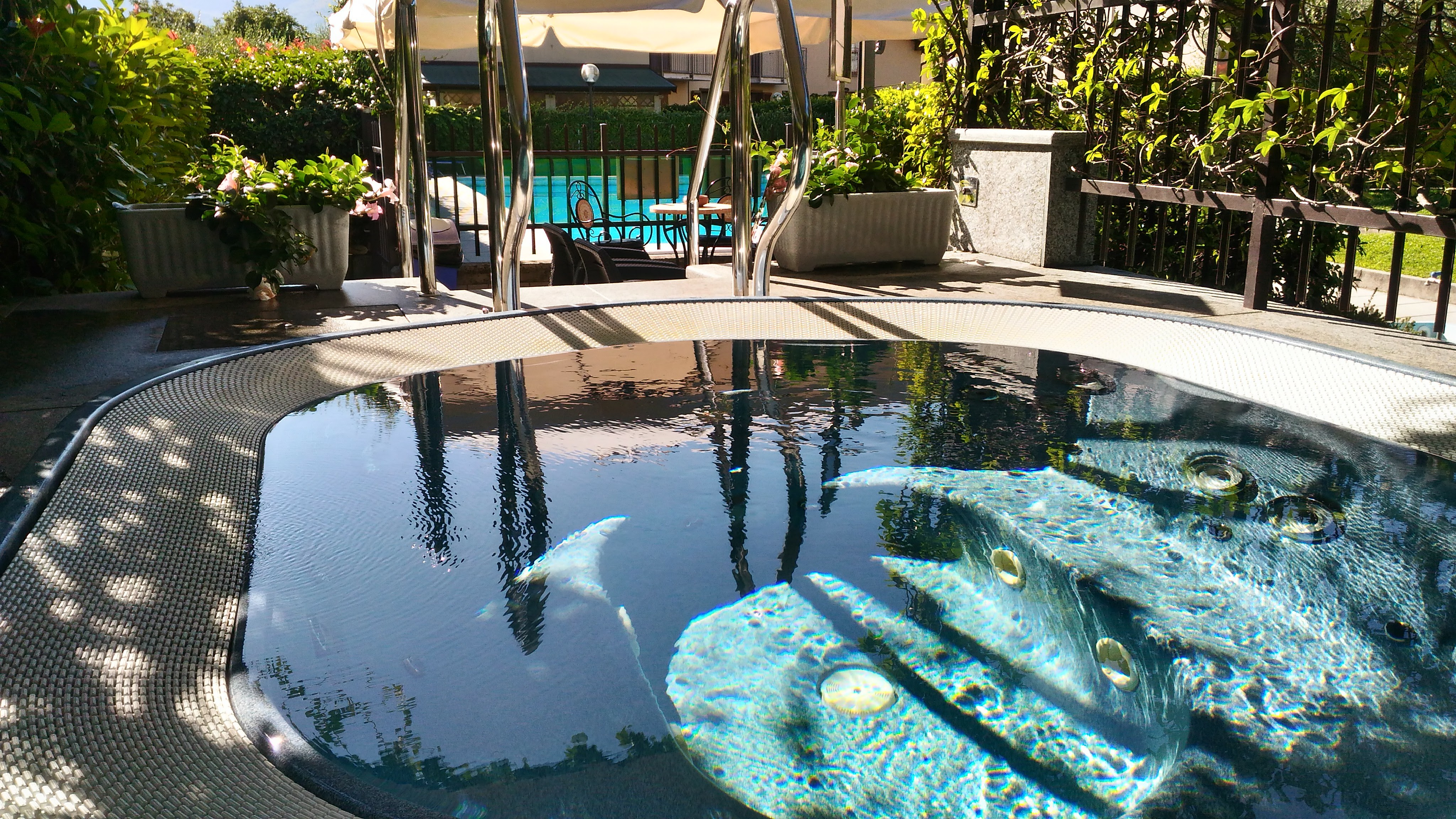Il Residence Domaso situato nell’omonimo borgo di pescatori affacciato sul Lago di Como è la location ideale per chi vuole passare una vacanza
di divertimento e relax, circondato da stupende montagne ed immerso in un’affascinante atmosfera che solo il Lario sa regalarti.
Il nostro Residence, a cui dedichiamo la massima cura, ti farà sentire “a casa, anche lontano da casa” e ti offrirà un soggiorno curato in ogni particolare ritagliato sulle tue esigenze.
DAL 08/07/2023 AL 26/08/2023 ACCETTIAMO SOLO SOGGIORNI DI MINIMO 7 NOTTI CON ARRIVO E PARTENZA DI SABATO






